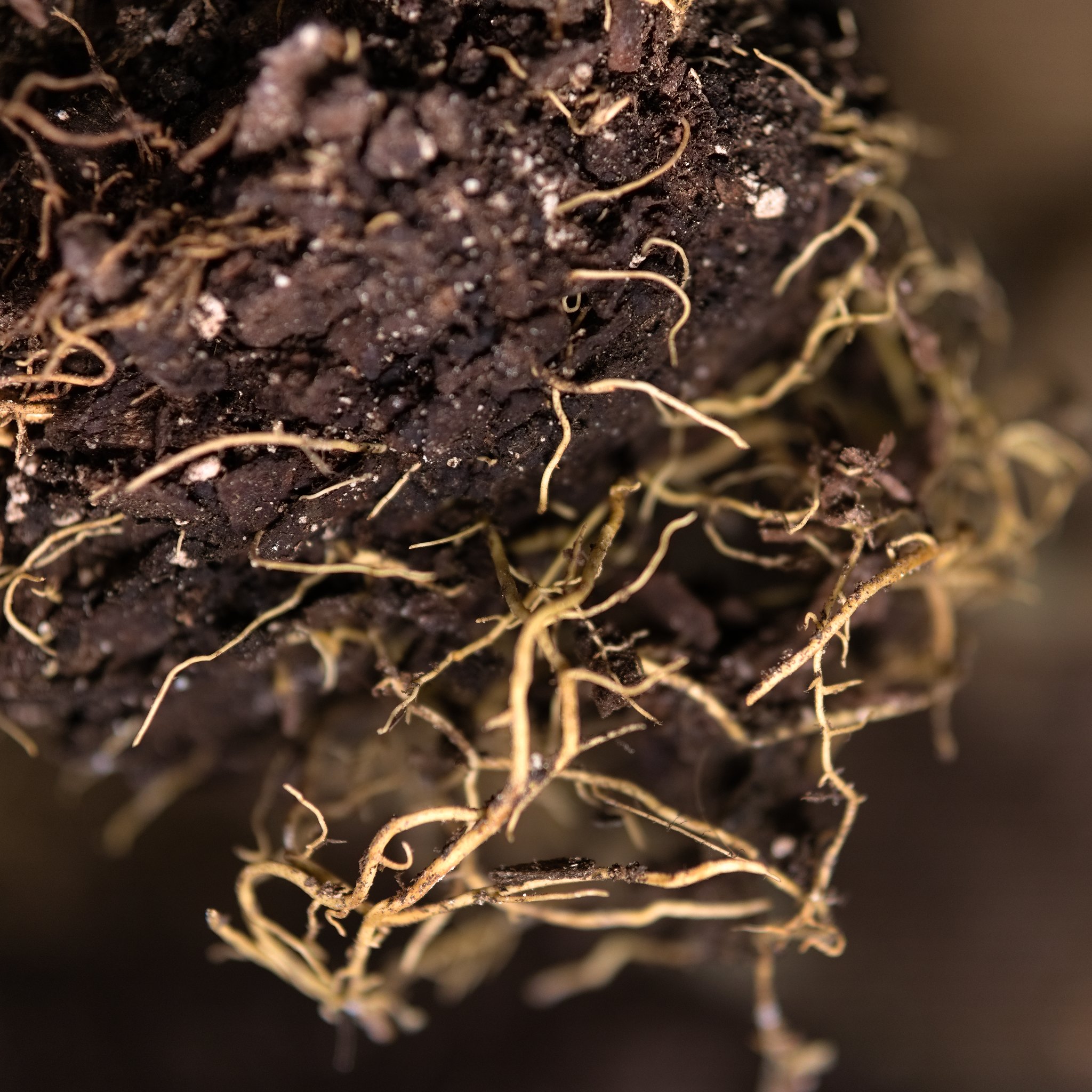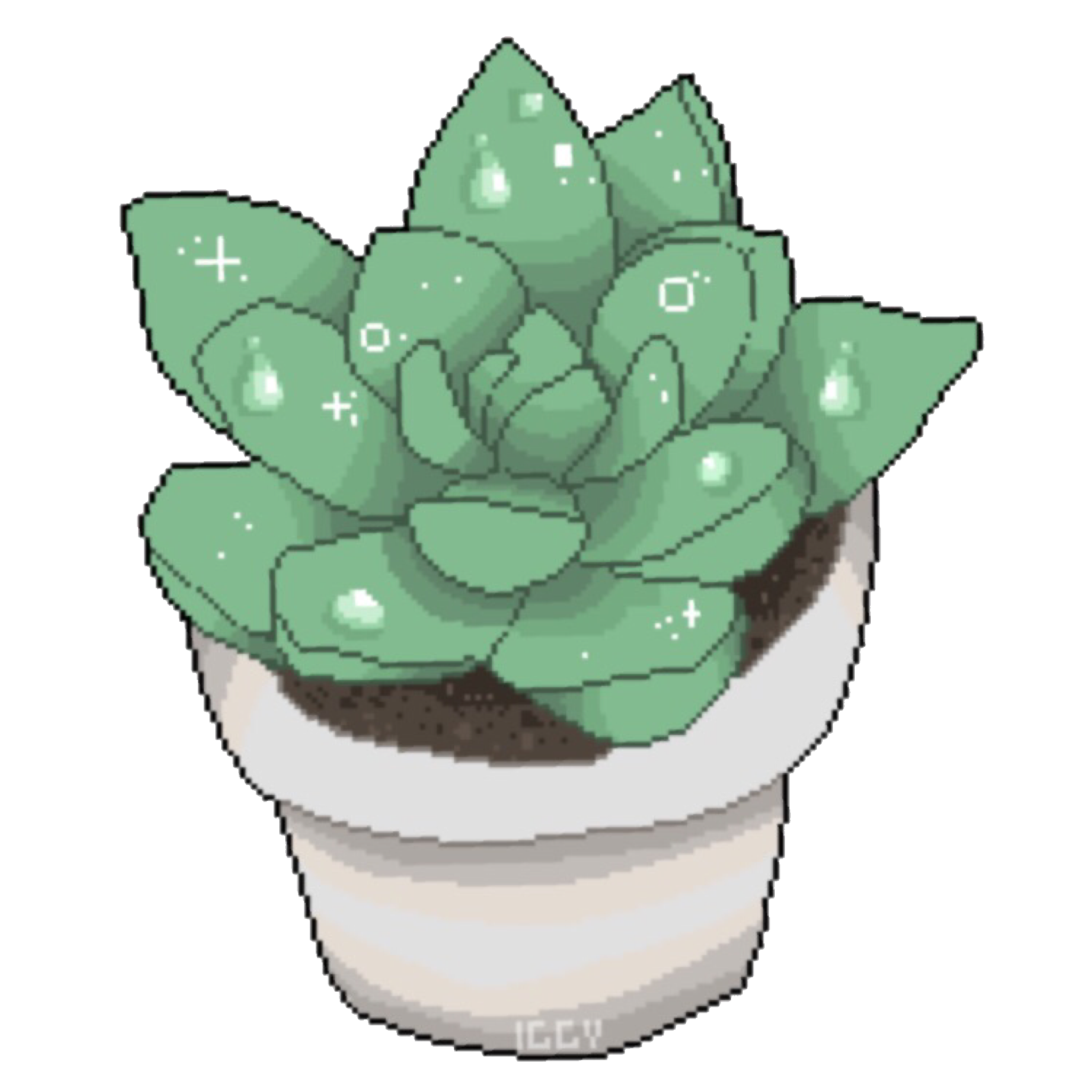TLDR: Citrus keeps turning black and oozing resin. But I can’t find the problem. I thought it must be root rot, but they look perfectly healthy:

Long version: Because my first and second citrus trees fell victim to root rot, I started using a very airy substrate made of pine bark, perlite and some humus/worm castings in a 5:1:1 ratio for all my plants (figs, pineapple, cherimoya, monstera, etc.) with little adjustment. You may recognize this as ‘aroid mix’. But it works surprisingly well in my indoor space with a west-facing window and terracotta planters (and my tendency to overwater).
But I can’t wrap my head around citrus.
It always starts with rapid growth, followed by very suddenly dropping and crisping leaves, black stems and finally death.
I thought I must be root rot again, which I need to mind during winter. But today, when I dumped my fifth (!) tree, I found only perfectly healthy roots and nice smelling substrate.
I think it must be a pathogen… but what? I am at a loss. I keep killing my citrus trees and I don’t know why. :'(
EDIT: replaced “5:1:1 mix” with “5:1:1 ratio” for clearification.


First off the 5:1:1 mix is too low in K and P. It needs to be in a ratio of 3:1:2 to 3:1:3.
Potassium is the major catalyst for all sorts of reactions. It is needed everywhere to do all sorts of things but it is never bound up. Without it the plant shuts down.
Dropping lower leaves is often a sign of Phosphate deficiency.
You’ll also need to make sure there is enough micronutrients like magnesium, iron, etc for the plant. It’s easy to miss these
Citrus plants are also very water sensitive. To wet and they get rot. Too dry and they drop their leaves.
To me it looks like they are too dry and not enough nutrients.
I’m sorry, the “5:1:1 mix” was referring to 5 parts pine, 1 part perlite, 1 part humus / worm castings.
The ferilizer changes throughout the year. But it’s mostly 4-3-6, with some 5-1-4 in early spring, and some chelates, when I feel the plant needs them.